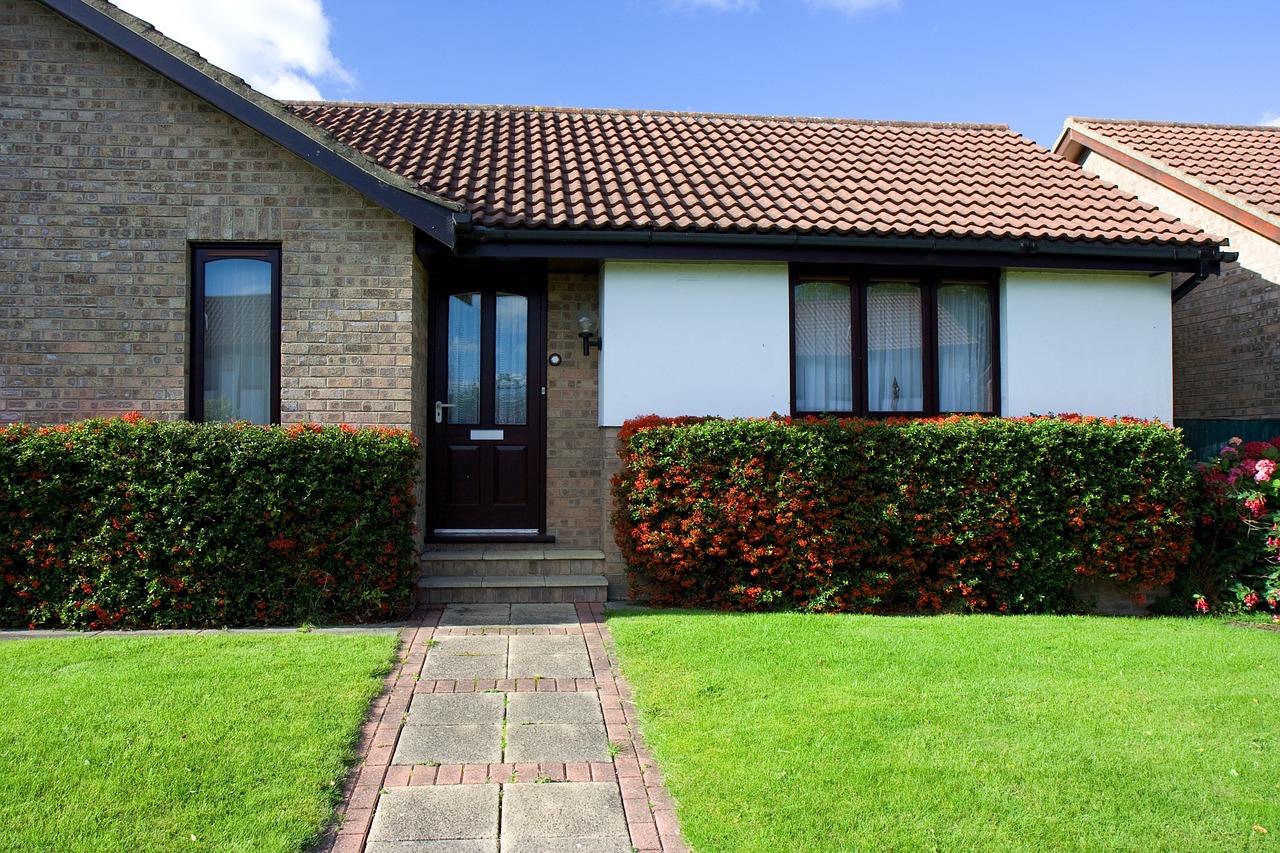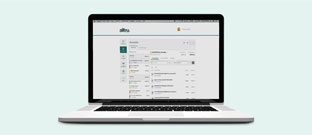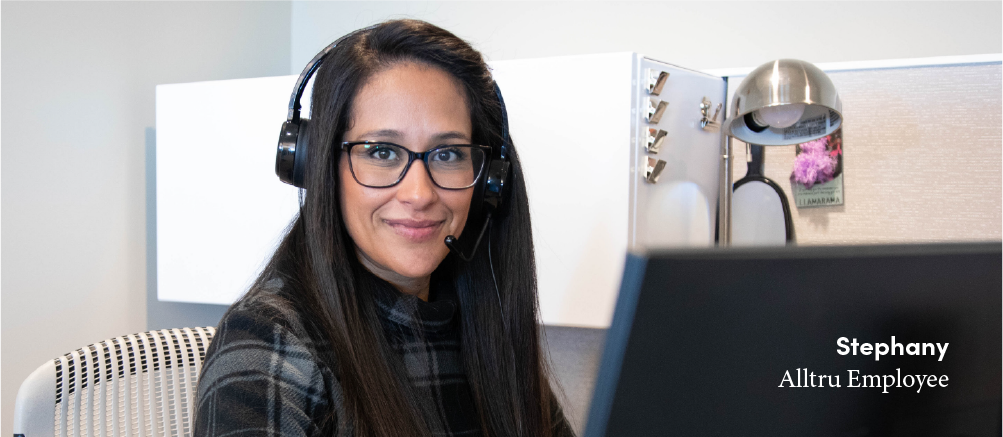Buying a house in the St. Louis area can be a nerve-wracking process. Most homebuyers commit to paying off a loan for several decades. It takes time and effort to find a home in a great location with the amenities you need. The last thing you want is to buy a home you love but can’t afford. These home buying tips can help you create and follow a realistic budget, find a great neighborhood in the St. Louis area, and even buy and sell houses simultaneously. Here are the home buying budget tips you need to know before you apply for mortgage preapproval in St. Louis.
Creating a Home Buying Budget
As previously mentioned, creating a home buying budget is a crucial first step to buying a home. A mortgage is a commitment you must follow for years. It’s important to purchase a home you can afford both now and in the future. While you can’t predict the future, good money management can give you peace of mind. Here are the steps to take to determine how much money you can spend on a house.
Calculate your down payment. The money you pay toward your down payment is due the day that you close on your house. This lump sum goes toward the equity of your new home. The typical amount of money to pay for a down payment is 20%. Some lenders have programs for first-time home buyers to put down as little as 5%. Determine how much you have in savings to put toward your down payment. Then, calculate what percentage that is of houses that have piqued your interest.
Make a budget. This isn’t just a budget for how much you have to spend on buying a house, but also a personal budget too. Remember, you’ll be making mortgage payments for years, so it’s crucial to strike a balance between covering essentials and leaving room for the fun parts of life. In addition to groceries, utilities, insurance, and other essentials, make sure to budget for entertainment and hobbies—whether it’s dining out, catching a movie, or exploring local events. Figure out how much of your gross income you are spending on your rent and other home expenses, such as HOA fees, utility bills, and parking.
A good rule of thumb is to not spend more than 28% of your gross monthly income on housing. If you are currently spending less than 28% on all your housing needs, then you can afford for your mortgage payment to be larger. If you are currently spending more than 28% of your gross monthly income on housing, then you’ll need a lower mortgage payment or increase your gross monthly income to stay below the 28% threshold.
Consider other upfront costs. When you buy your first home, it may not be in perfect condition. You might need to complete projects before you move in to get the house up to code or simply meet your expectations. If there are major issues with the house, you can negotiate with the homeowner for them to make improvements before they leave. In other situations, you might have to make the repairs yourself. Money you spend for these projects are not due when you make your down payment but will be needed shortly after. Additionally, don’t overlook closing costs, which typically range from 2-5% of the home’s sale price. These are separate from your down payment and are due on closing day.
Consider the neighborhood. Houses in similar condition and size may vary greatly in cost depending on where they are located. Look at homes in several neighborhoods to get an idea of the typical home cost in different areas. Different neighborhoods have different costs for HOA fees, garbage removal, and personal property taxes. While these costs likely won’t make or break your budget, it’s good to know these costs anyway.
Repeat the cycle. As you look at houses, you’ll learn what you do and don’t want in a house. You’ll get an idea for what kind of house you think you can afford. It’s normal to go back and forth between looking at homes and determining your personal budget. Use our home affordability calculator to help you estimate what price of a home you can afford. As you find houses you like, plug in the numbers to compare your options.
Finally, think about the timing. If you think you will be moving in the near future to a completely new area, now is not a great time to buy a house. A lot of work goes into finding the right home and keeping it in top condition. Other major life decisions like job changes or a growing family can make this process difficult too.
Additionally, certain times of the year are more favorable for buying a house. A lot of houses hit the market in the later spring offering a wider selection of homes. However, properties that remain unsold throughout the summer often see price reductions by August. If those houses are still for sale near the end of the year, buyers are more motivated, making it possible to secure a home at or below asking price. Keep in mind that the closing process usually takes up to two months, so it’s essential to plan ahead and ensure you have temporary living arrangements during the transition.

Managing a Budget in a High-Priced Housing Market
Home prices have soared in recent years, prompting many to rent instead. However, buying a home remains a smart long-term financial investment. When you buy a home, a large amount of your monthly payments goes toward your interest, which you won’t recoup if you sell. On the other hand, payments toward the principal balance build your equity, which you will get back if you sell the home. In contrast, renting doesn’t offer any return on your monthly payments. The only exception to this is possibly getting your security deposit refunded if you leave the rental in great condition. If your goal is to buy a house even though the market is expensive, check out these tips.
Stick to your budget. We’ve stated this already, but following your budget for your home expenses is key to affording your home. While your home expenses are relatively stable, your groceries, gas prices, and car payments can fluctuate every few months or years. By following a budget, you can ensure that you will have an appropriate amount of money to fund each of your essential and nonessential areas of life.
Reduce your debt. Carrying a large amount of debt can make it difficult to afford a home in today’s expensive market. If you want to buy a house soon, use the snowball method – where you pay off the loan with the smallest balance first. If you can wait a little longer, use the avalanche method – where you pay off the loan with the highest interest rate first. Plus, the less debt you are required to pay each month, the lower your DTI, or debt to income, ratio. A lower DTI ratio can help you secure a mortgage with a lower interest rate, which will save you more money over time.
Cut costs. Since you’re following a budget, see what areas you can improve in. Maybe you can cut back on the amount you spend on dining out and opt for cheaper but tasty homemade meals instead. Cancel your unused subscriptions. Postpone upgrading your car this year. The money your save can be used toward your down payment. As a result, you’ll have a smaller loan balance and lower monthly mortgage payments.
Get help. If you don’t think you have a solid financial plan in place for now or long-term, let us know. Our team of financial advisors can evaluate your situation and identify steps you can take to have a sustainable financial future.
Buying in an Affordable St. Louis Neighborhood
While you evaluate your budget and start to picture your future home, your money can stretch farther when you find a great home in an area that is less expensive to live in. The greater St. Louis area has several neighborhoods that have affordable houses, especially for those wanting to get out of the rent trap and start building equity. These neighborhoods are listed below in no particular order.
Benton Park is a historic neighborhood about 10 minutes from downtown St. Louis. It’s about 5 minutes from Cherokee Street and South Grand Boulevard, which have several great local restaurants. Many of these homes are shotgun style, which means they are about one room wide but a few rooms deep with a couple stories and high ceilings. These homes are deceptively large and are often on small and cozy lots.
Boulevard Heights is a quieter neighborhood near Soulard and Dutchtown. It’s also near Carondelet Park, which boasts several outdoor activity areas, and Carondelet Park Rec Complex, which has several indoor activities. The homes in this area are bungalow style – quaint, comfortable, and all on one floor.
North Hampton has a positive reputation due to its low crime rate. It’s also near great schools including Mason Elementary School, Kennard Classical Junior Academy, and Mallinckrodt Academy of Gifted Instruction. This neighborhood is full of single- and multi-family homes, so you have a variety of options to choose from.
O’Fallon in St. Louis county is nestled between the College Hill and Penrose neighborhoods. Its borders reach O’Fallon Park and Fairground Park, giving the area serene borders while still conveniently close to I-70. The smaller, single-family homes are a great option for first time home buyers.
Franz Park features homes that may need a little tender love and care. Many of these homes are fixer uppers, so you might need to make some renovations before moving in. Franz Park is within walking distance of Forest Park, which offers many free attractions including the St. Louis Zoo, the Muny, and the St. Louis Art Museum.
Princeton Heights is a great neighborhood for young families with aspiring careers thanks to this area’s low crime rate and convenient location. Fun nightlife attractions and boutiques are nearby, as well as Christy Park at its northern end. Many of the homes are American four-squares and brick bungalows.
Soulard is known for its French influence in home style and its various dining options. It’s conveniently close to the famous Anheuser Busch Brewery and Lemp Brewery. Residents are also nearby the Soulard Farmers Market – a perfect way to spend a Saturday morning near the city.

Buying and Selling Houses at the Same Time
If you already own a home and are looking to upgrade, whether for more square footage, a larger yard, or a quieter neighborhood, you might be wondering: Is it possible to buy and sell a home at the same time? Fortunately, the answer is yes, it’s possible! However, it’s not without its challenges. Coordinating the process can be complex, and while trying to close on both homes on the same day isn’t recommended, you can plan to schedule the closings just a few days apart to make the transition smoother.
A pro to closing on your existing home first is that you can use the equity you’ve built in this home toward your new home. A con to this strategy is that you will have to find a temporary place to live in between closing dates. Since this is the method we recommend, here are the steps to take.
Make some updates. If you can put in a few thousand dollars on home improvements now, you can likely list your home for sale at an even higher price that would make up the money spent on renovations plus extra due to increased home equity. These updated features can also help you get an offer closer to asking price.
List your house for sale. After you finish making your updates, get your house on the market. Since you are trying to buy and sell at the same time, find a great real estate agent to help you.
Search for a new home. Your real estate agent helps clients buy and sell homes for a living. While you’re juggling timelines of buying and selling, using the same real estate agent can help reduce communication issues. Keep in mind how much equity you will likely make from the sale of your current home as you look for a new house.
Get under contract on your existing house. If a potential buyer makes a great offer on your existing house, get under contract. If the price is too low, work with your real estate agent to make a counteroffer.
Make a contingent offer. Once your current home is under contract, you can make a contingent offer for the house you want to buy. A contingent offer allows you to back out of the deal in case your home buyer falls through. Make sure you schedule this closing date after the closing date for your existing home.
Sell your current home. After you officially sell your home on closing day, you will have access to the equity of your now previous home. Use this money for the down payment on your new home.
Buy your new home. Since you successfully sold your previous home, you can officially buy your new home. Plus, you can use the money from selling your home toward purchasing your new home. Now that you have the keys, you can make this house into a home.
If you’re looking to buy and sell a home at the same time, but need to buy before you can sell, check out this article for helpful tips on navigating the process.
Conclusion
The home buying process can be time-consuming and complex, but, Alltru is here to help every step of the way. Come to us whether you need financial advice or want to apply for a mortgage. If you’re not a member, buying a home in St. Louis City, St. Louis County, or St. Charles County makes you eligible to join. Come experience The Better Way to Bank.







